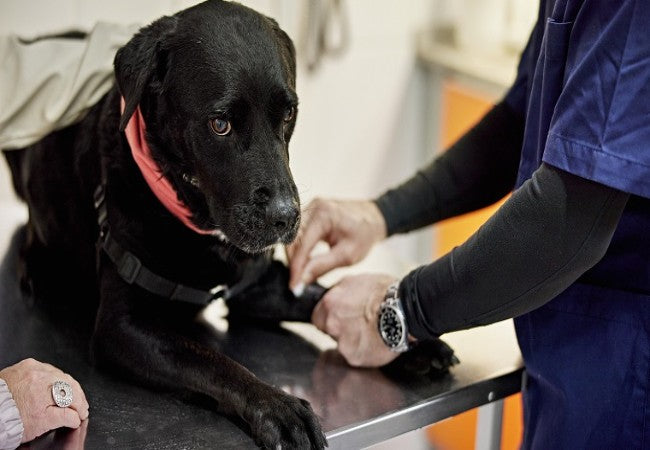Vet Guide to Hypopituitarism in Dogs 2025 🐶🩺

In this article
Vet Guide to Hypopituitarism in Dogs 2025🐶🩺
By Dr. Duncan Houston BVSc
Hypopituitarism in dogs refers to deficient hormone production by the pituitary gland, either selective or affecting all anterior pituitary hormones (panhypopituitarism). It presents in two main forms: juvenile-onset (pituitary dwarfism) and adult-onset (often due to tumors, trauma, or inflammation).
📍 Causes & Forms
- Juvenile pituitary dwarfism: Congenital failure of pituitary development—often autosomal recessive in breeds like German Shepherds, Karelian Bear Dogs, Spitz, Weimaraners.
- Adult-onset disease: Caused by nonfunctional pituitary adenomas, trauma, infarction (apoplexy), inflammatory or infiltrative disease—compressing/pituitary destruction.
👀 Clinical Signs
- Juveniles: Delayed growth, woolly coat, symmetric alopecia, delayed dentition, reproductive underdevelopment.
- Adults: Lethargy, weight loss, muscle atrophy, incoordination, increased thirst/urination, blindness from optic compression.
- Variable clinical signs include coat changes, reproductive failure, head pressing, or vision issues.
🔬 Diagnosis
- Hormone assays: Baseline or stimulation tests (ACTH, GH, TSH, etc.) reveal low pituitary/hormone levels.
- Genetic testing: LHX3 mutation for dwarfism.
- Imaging: X‑ray, CT, or MRI to detect tumors or pituitary malformation.
- Supportive exams: Ophthalmic exam to assess optic compression in adults.
💊 Treatment & Hormone Replacement
- Juvenile therapy: Growth hormone supplementation, thyroid and adrenal hormone replacement, careful monitoring.
- Adult management: Treat underlying cause (surgery/radiation for tumors), hormone replacement (thyroid, cortisol, sex steroids), manage DI if posterior pituitary involved.
- Monitor complications: Adjust therapy based on weight, electrolytes, and glucose.
📈 Prognosis & Follow-Up
- Pituitary dwarfism: Lifespan shortened (3–5 years) without treatment—often improved with early replacement protocols.
- Adult-onset: Prognosis varies—depends on tumor control; quality of life can be good with stable replacement.
- Requires lifelong veterinary care and regular blood/imaging reviews to optimize therapy.
✅ Dr Houston’s Clinical Tips
- 📏 Weigh growth charts early in pups—look for dwarfism signs.
- 📚 Use genetic testing in breeds at risk for dwarfism.
- 🔍 Screen adult dogs with polyuria/polydipsia and neurological signs for pituitary disease.
- 🤲 Consult internal medicine or endocrinology for hormone replacement protocols.
- 📅 Schedule reassessment every 3–6 months after therapy starts; adjust for age changes.
If your puppy shows stunted growth, delayed coat or teeth, or your adult dog has sudden weight loss, lethargy, drinking more, urinating more or vision problems—reach out via AskAVet.com. We’re here to help support lifelong endocrine health. 🐾❤️






